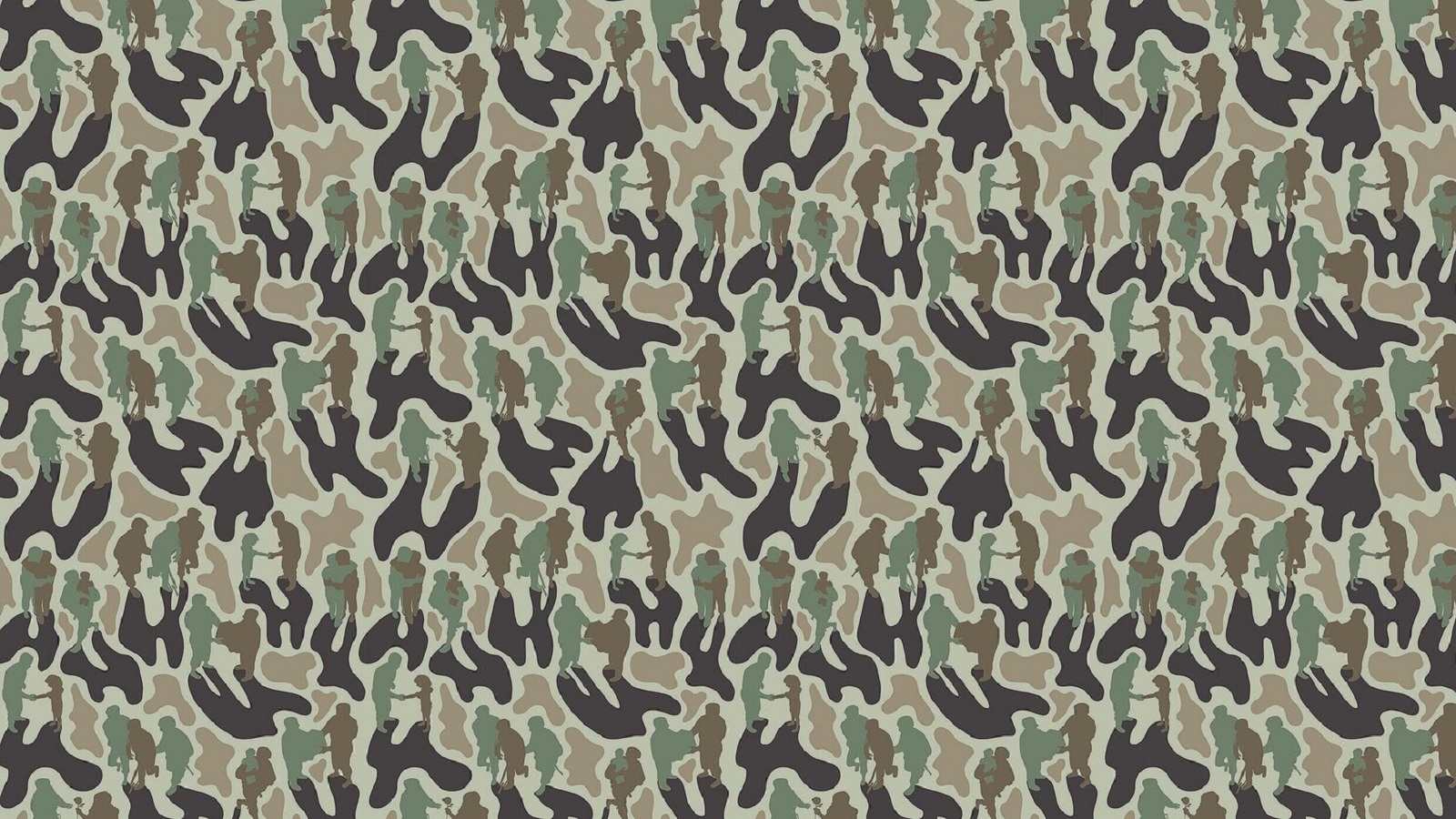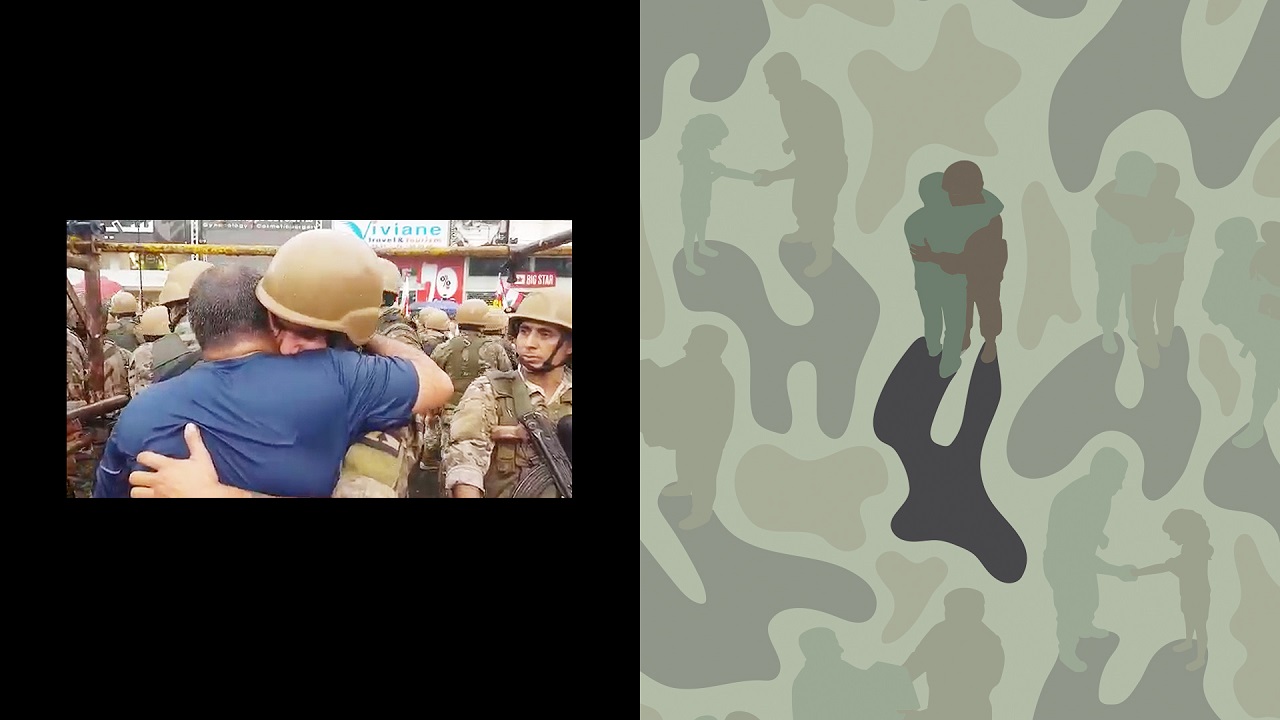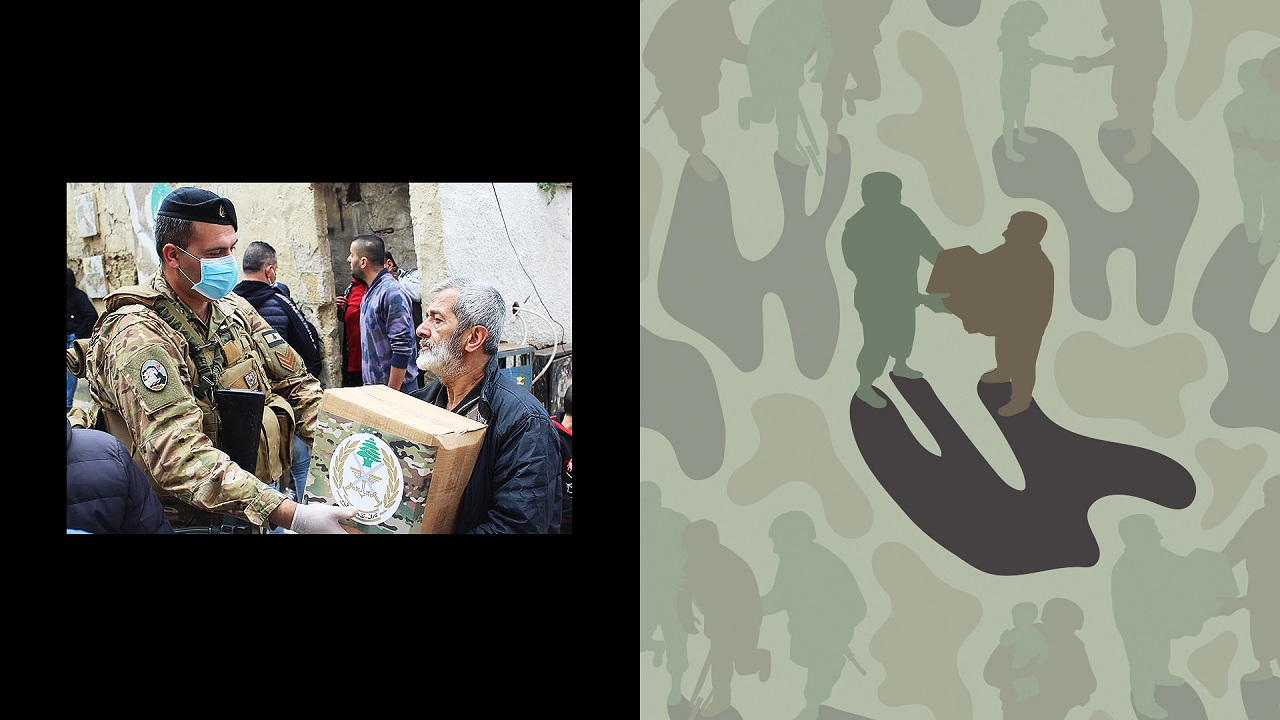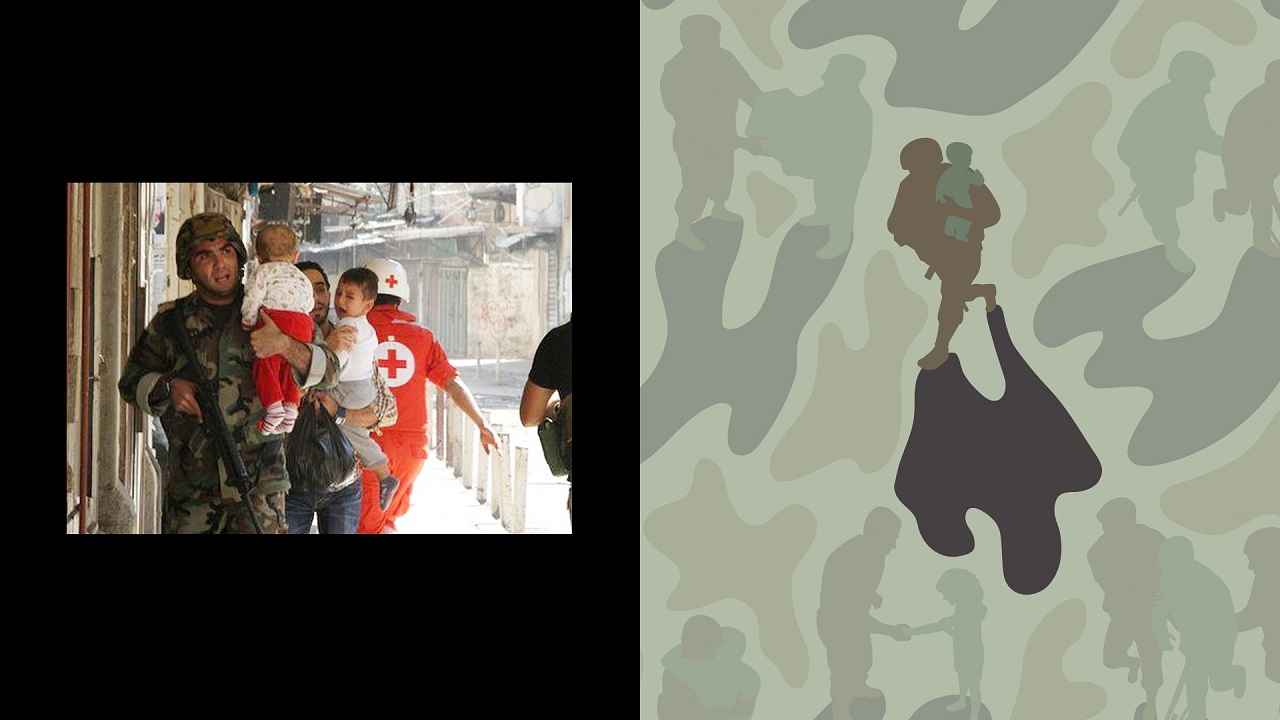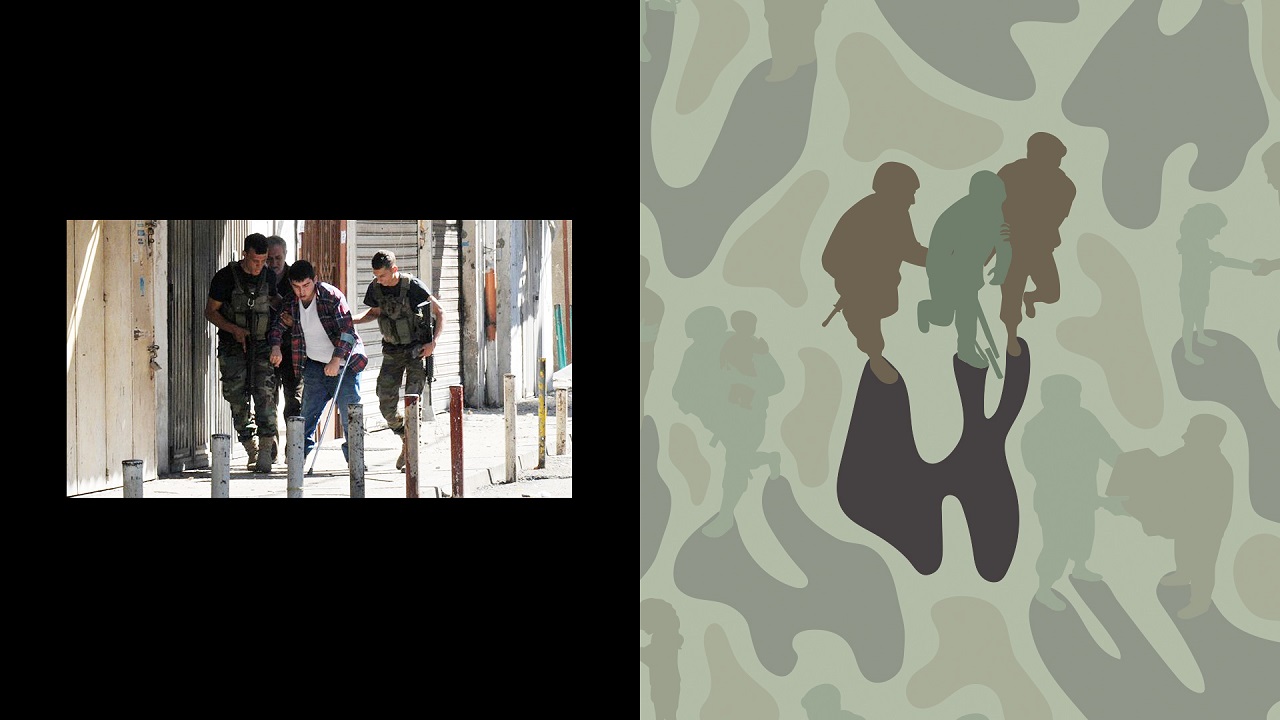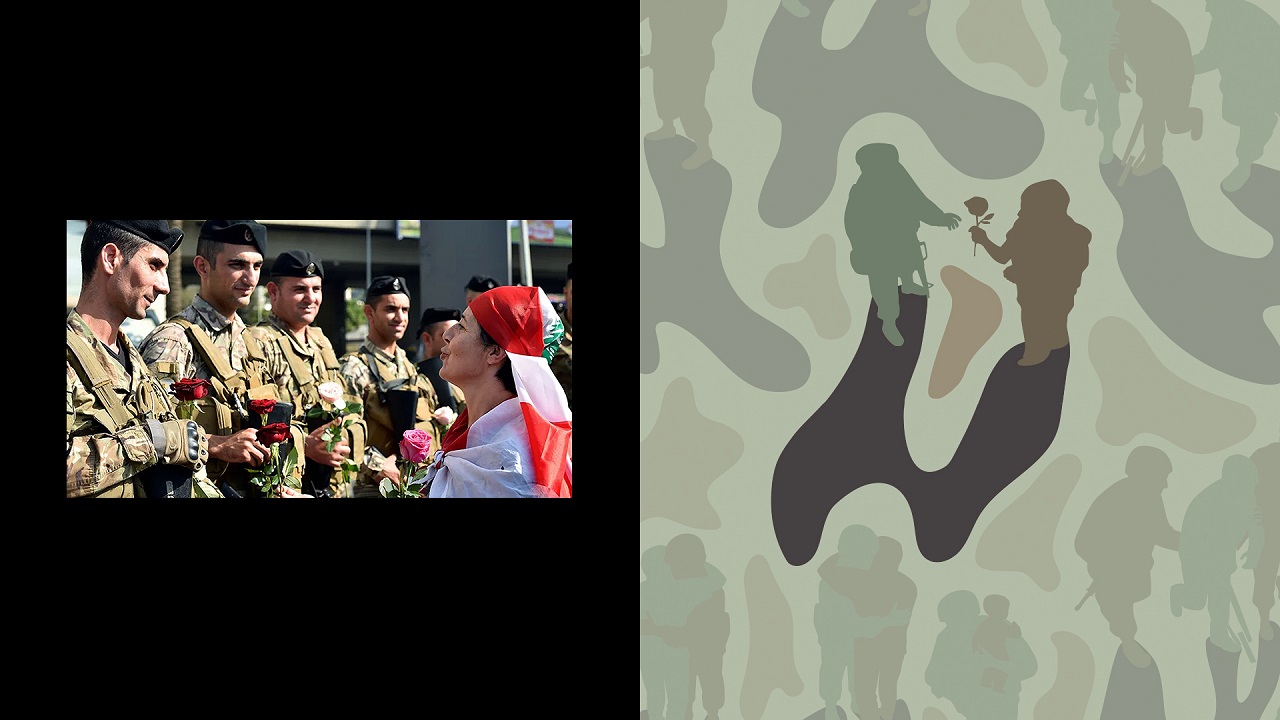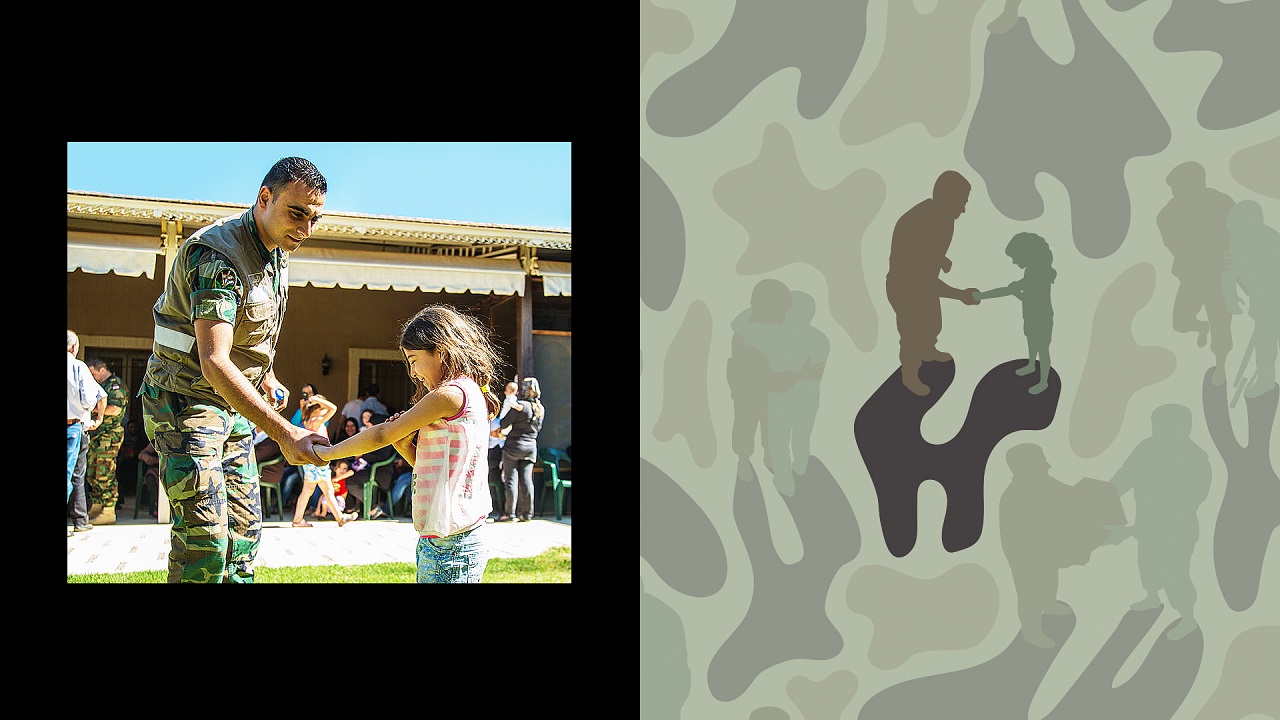For centuries, the armed forces of the world have worn camouflage to hide from the enemy. These patterns have been used since the time of Julius Caesar when ships were camouflaged with sea-blue wax. Native American hunters wore buffalo hides to approach their prey, whilst Irish hunters decided to cover themselves in bits of brush and branch in order to blend into trees. It was not until the 20th century that the two-dimensional patterns appeared.
During WWI, dazzle patterns began to be used. Despite having not worked on camouflage, some of the era’s most avant-garde artists, Georges Braque and Pablo Picasso, took credits for this design. “It was us who created that,” Picasso said. Still, some Cubist and Futurist works did inspire contemporary camouflage, such as digital prints. Later, the pixelated digital camouflage pattern appeared. It turned out to be not the best choice because one can’t find anything that’s square in nature.
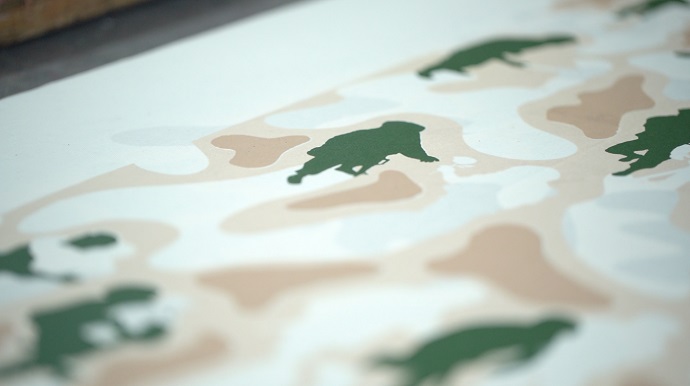
There are many families of camouflage patterns: There’s digital (which we already mentioned), lizard, flecktarn, woodland, frog skin, splinter, and many more, each with their own design model. Recently, a new pattern has emerged and entered the market. It is part of the “Love” family and features a peaceful design. The “PeaceCamo” promotes peace and unity and was developed to celebrate the 75th anniversary of the Lebanese Army.
Worn by the soldiers on duty, the new uniform made its debut on August 1st, on the streets of Beirut. During the parade, people could see on the clothes of the military motifs promoting peace such as people embracing, kids playing, couples holding hands, and generations coming together. These actions are inspired by real-life moments in which the army has helped the people of Lebanon.
The campaign, created in partnership with TBWA\RAAD agency, represents moral support for the army, who protected the country’s population in various circumstances such as the COVID-19 pandemic, establishing peace between protesters, helping to resolve conflicts, and protecting both the government and civilians to preserve security and civil peace. Although the latest events were not scheduled (the campaign was published three days before the explosions in Beirut), the initiative might be a good way to show how much people appreciate the efforts of the army, which is now dealing with the security of the Lebanese capital.
“For the first time in history, the camouflage has repurposed its own existence,” said Walid Kanaan, Chief Creative Officer at TBWA\RAAD. “We have enjoyed every step of the process while working on the Lebanese Army’s 75th Anniversary campaign, from the creation of the concept and illustrations, all the way through printing, tailoring of the uniforms and filming. But the culmination of it all was to witness these uniforms come to life, on the soldiers that are defending our own country and protecting our families, friends, and compatriots: An extraordinary moment.”
For too long camouflage has been associated with war. It is time to promote it under its real meaning, that of protecting people and nurturing peace. And we believe that PeaceCamo really manages to convey this message.
Credits:
Client: The Lebanese Army
Agency: TBWA\RAAD
